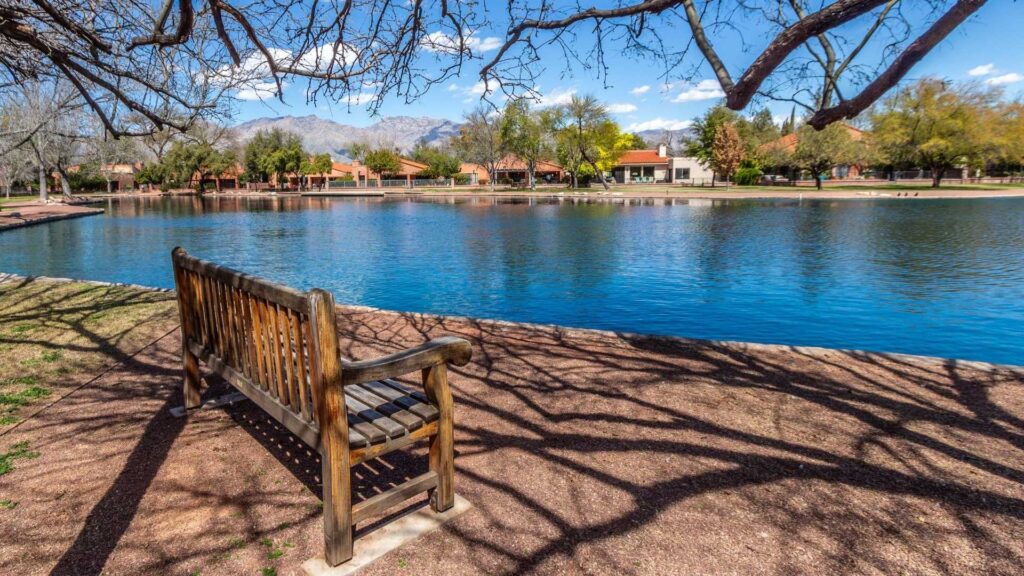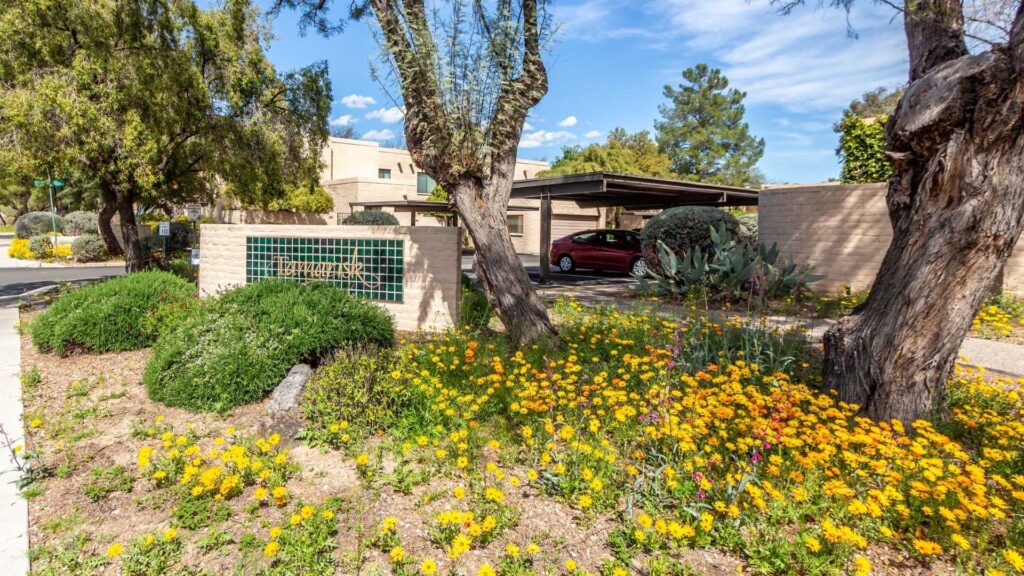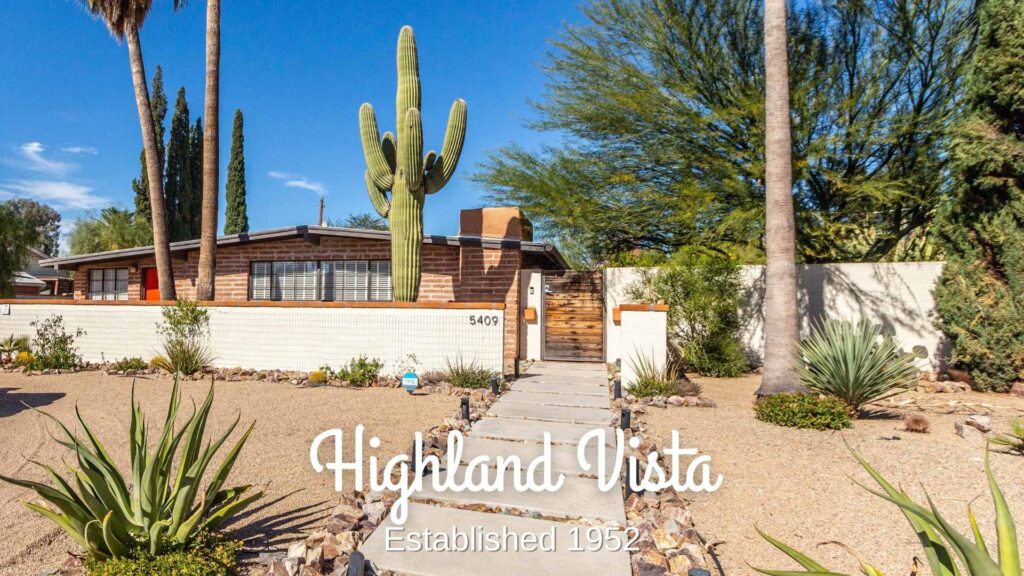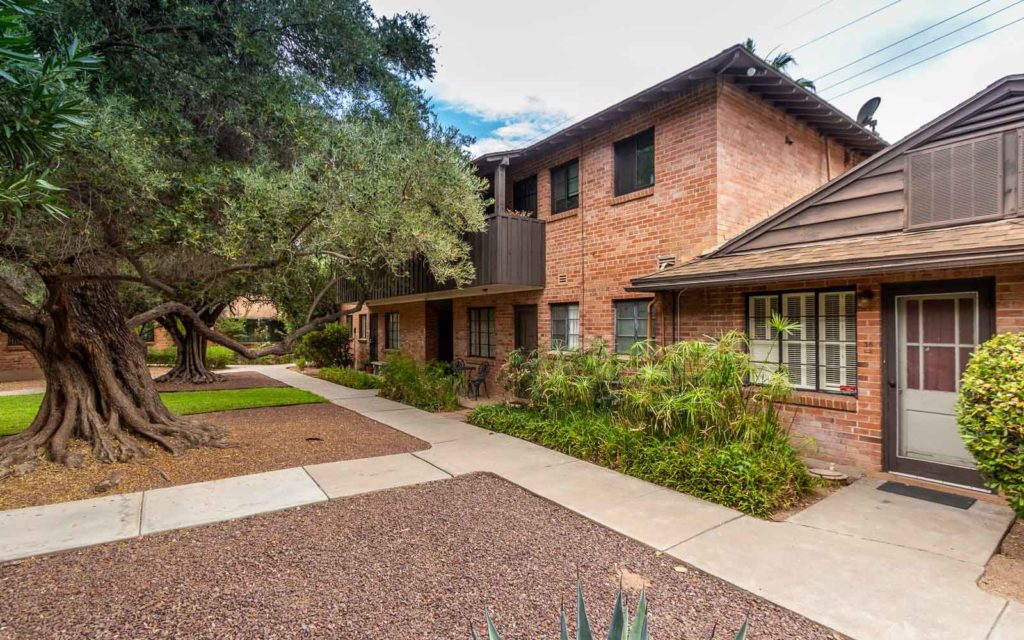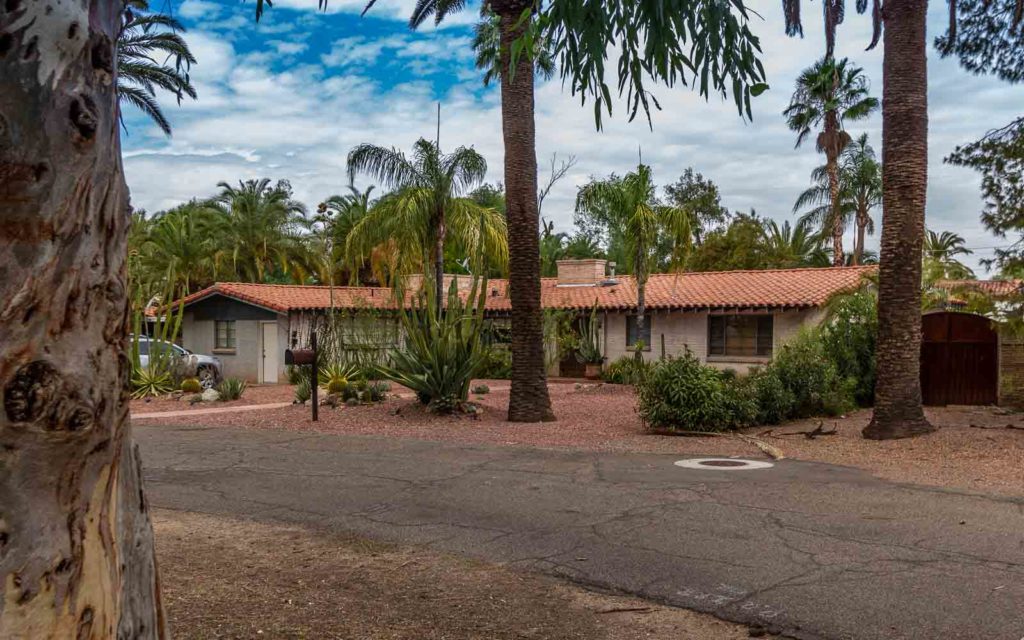A helpful guide to Central Tucson for newcomers and native Tucsonans, alike. The Tucson Metro area consists of a whopping 9,189 square miles. This guide is to help you narrow down what area of Tucson you’d like to live in based on your lifestyle. Learn about the history of the area, about some of the popular neighborhoods, what amenities and services are located here, and search homes for sale in Central Tucson. Your questions are welcome! Hello@RealTucson.com
Search Homes For Sale in Central Tucson
Top 5 Reasons to Live in Central Tucson:
- Convenience! It’s close to a plethora of restaurants, nightlife, theaters, and activities.
- More walkable and bikeable than other areas of town.
- Opportunity to live in a unique historic home with charm and character.
- Close to the University of Arizona.
- Close to Downtown.
General Location:
Central Tucson, as defined by Tucson Multiple Listing Service (MLS), is east of I-10, west of Wilmot Road, north of Golf Links Road, and south of the Rillito River. Zip codes in the central area include: 85701, 85705, 85711, 85712, 85716, and 85719.
Need help selling or purchasing a home in Central Tucson? Contact us today!
Central Tucson History and Development
Tucson was founded as a military fort by the Spanish in 1775 with the construction of the Presidio San Agustin del Tucson. The United States acquired Tucson as part of the Gadsden Purchase from Mexico in 1854. In 1867 Tucson became the Territorial Capitol, before it was moved back to Prescott in 1877, and finally moved to Phoenix in 1889. Arizona officially became a state in 1912. But the history goes back much further. In fact, Tucson was built atop a 4000-year-old farming village, located along the banks of the Santa Cruz River near present-day downtown.
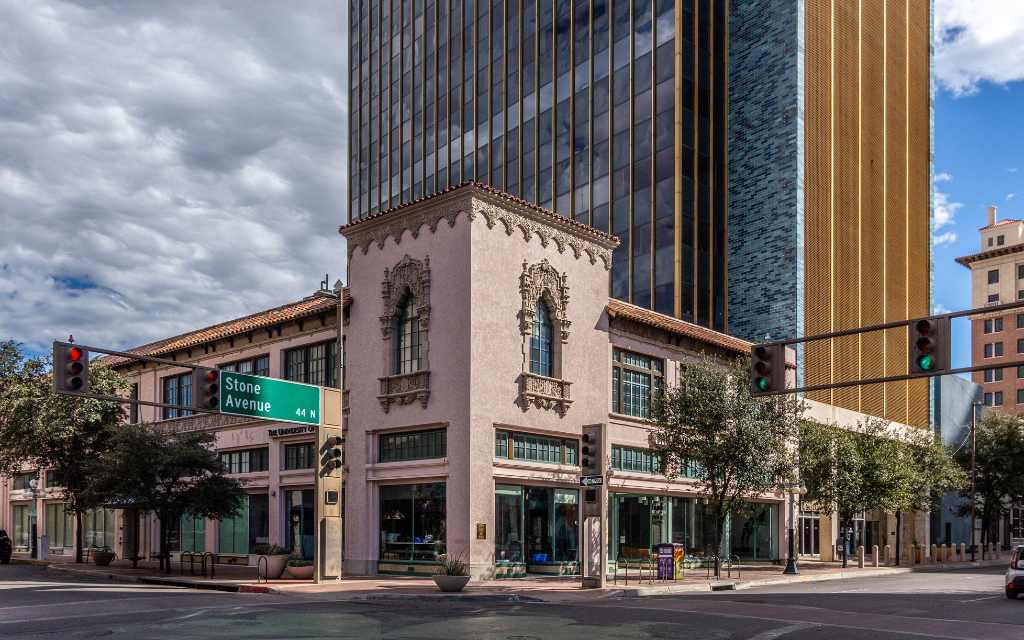
Big Changes: Railroad, Automobiles, and Air Conditioning
Two things drastically changed Tucson: The arrival of the railroad and the invention of the automobile. The railroad first came chugging through Tucson in 1880, forever modifying the small dusty outpost by making it much more accessible to the rest of the country. Railroad workers had to live within a close radius so they could hear the signals from their home.
Until the automobile came to be, most folks needed to live an easy walk or horse ride away from the downtown area. After the Presidio era, early neighborhoods radiated from Downtown Tucson, including Armory Park, Barrio Viejo, Snob Hollow (located in present day El Presidio), West University and Iron Horse.
More recently, air conditioning has changed Tucson and other desert cities by making it more comfortable for people to live in the desert year round. Air conditioning started replacing evaporative ‘swamp’ coolers in the 1980s and 1990s. And prior to swamp coolers, sleeping porches and adobe construction were commonplace.
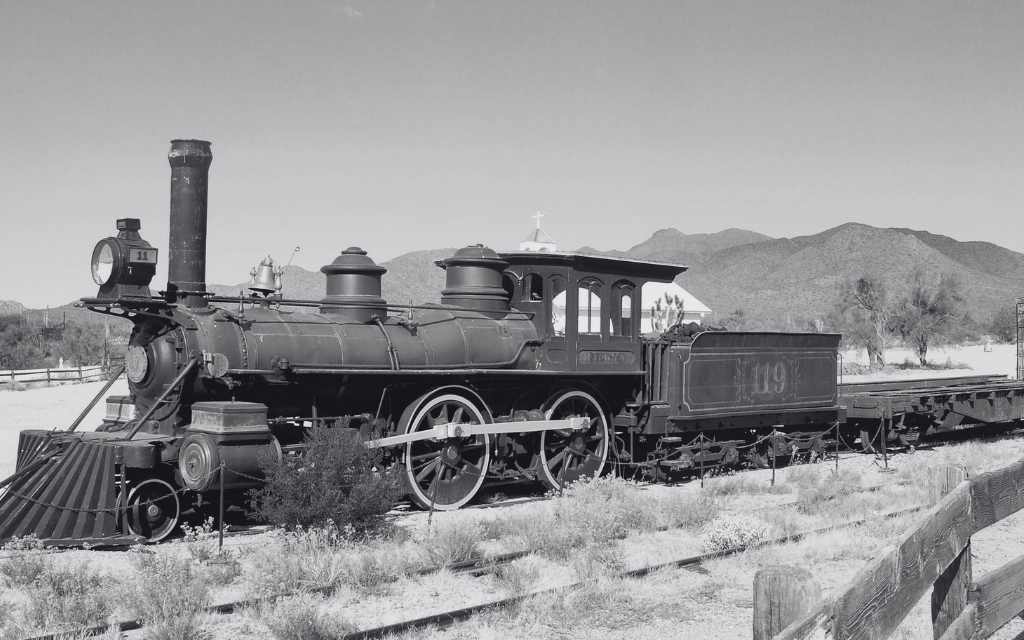
Interested in buying or selling a home in Tucson? Contact us to go over your needs. 520-975-8956 or Hello@RealTucson.com
Growth
Growth typically moved east, north, and south from the downtown area due to the topography. Westward growth was more limited with the barriers of the Santa Cruz River and the Tucson Mountains, as compared to the large easily-buildable and relatively flat valley to the east.
Establishment of University of Arizona Impacted Growth
Along with the railroad, the establishment of the college directed building northeast of the downtown area. The University of Arizona was founded in 1885. The land was gifted by saloon owners and was considered to be pretty far east of town, at the time. As the school became more widely attended, students and staff wanted to live closer. That along with the availability of the automobile made the neighborhoods of Sam Hughes, Rincon Heights, and Jefferson Park more more desirable.
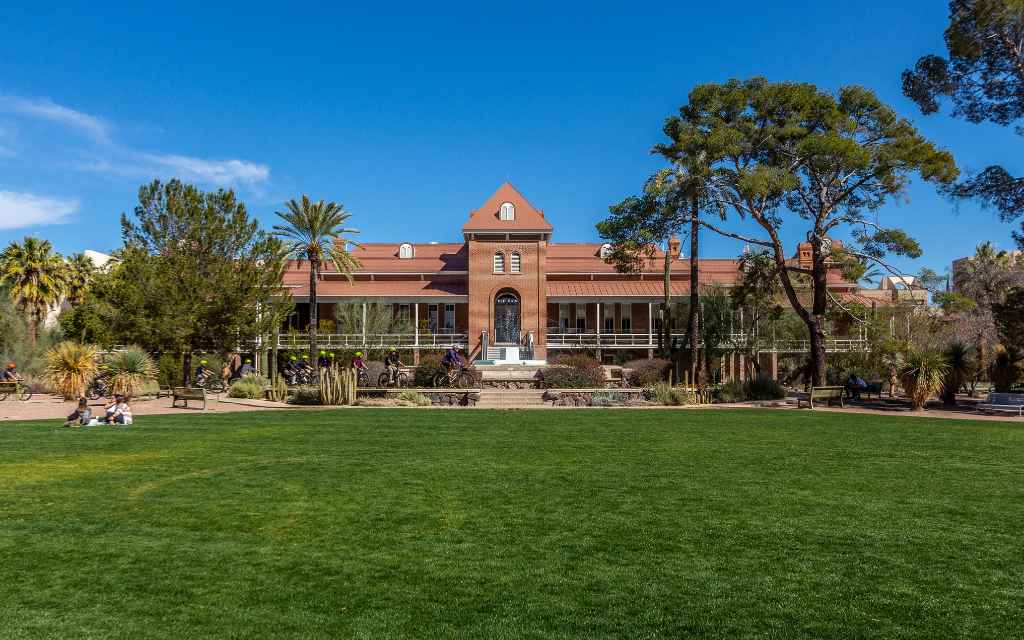
Post-War Building Boom
Post-war brought an influx of new residents to Tucson. Many folks were introduced to the town through their military post assignment. The GI Bill encouraged development to house the returning soldiers. Development radiated outward, stretching farther out in all directions, but especially eastward. Car culture became ubiquitous.

Have questions about buying or selling a home in Tucson?
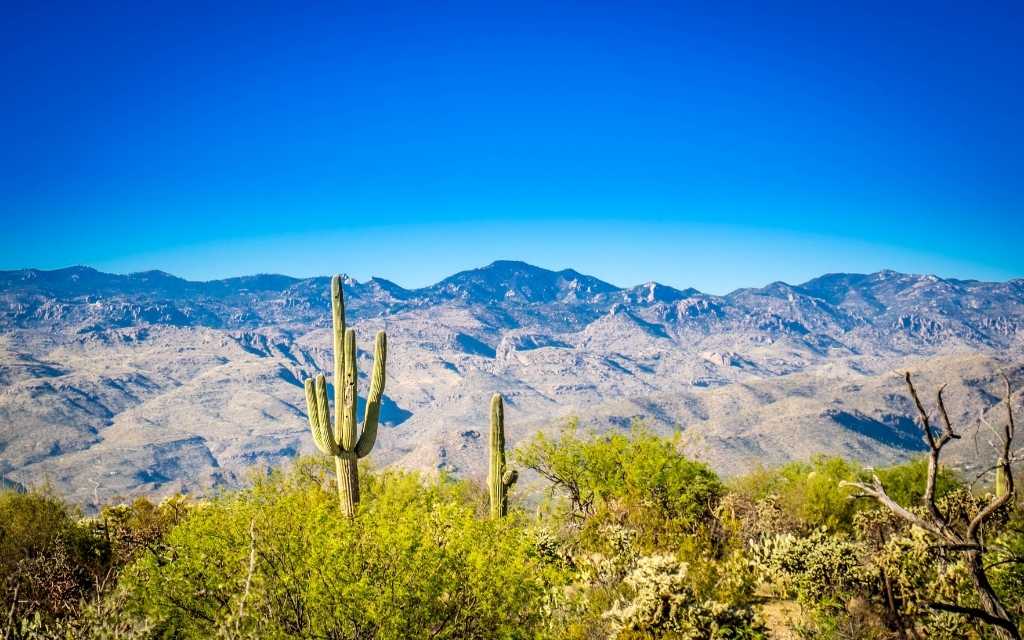
Description of Central Tucson
The area of Central Tucson ranges from urban in the downtown area to suburban, with even a few small islands of remaining rural properties. Tucson was developed in a north/south and east/west grid pattern, with major roads usually 1 mile from each other. Most neighborhoods adhere to the grid pattern with notable exceptions like Catalina Vista, El Encanto, and Colonia Solana.
Architecture of Central Tucson
Adobe was the most widely available building material, especially prior to the railroad’s arrival in 1880, as it was costly to cart lumber and bricks from sources hundreds of miles away, before the rail line was established. Hispanic building traditions were the norm in the late 1800s. The railroad also brought in an influx of new Anglo residents along with Anglo building materials and styles. Although there is an interesting period when Anglo style homes were built of adobe materials.
Architecture styles in central Tucson range from Sonoran Row House style adobe homes (late 1800s) to Craftsman Bungalow (1920s) to Spanish Colonial Revival (1920s) to red brick and burnt adobe Ranch style (1950-1960s). Tucked into these older neighborhoods are many small in-fill developments (1980s-present time).
Single family homes are the most common in central Tucson, but townhomes and condos can be found here too. Multi-family duplexes and triplexes are more common near the University of Arizona where density is needed. Manufactured and mobile homes are typically located northwest of Miracle Mile and Oracle Road.
Most of the older homes tend to be single level. Newer construction, infill homes are often 2-levels to maximize the land and keep costs lower.
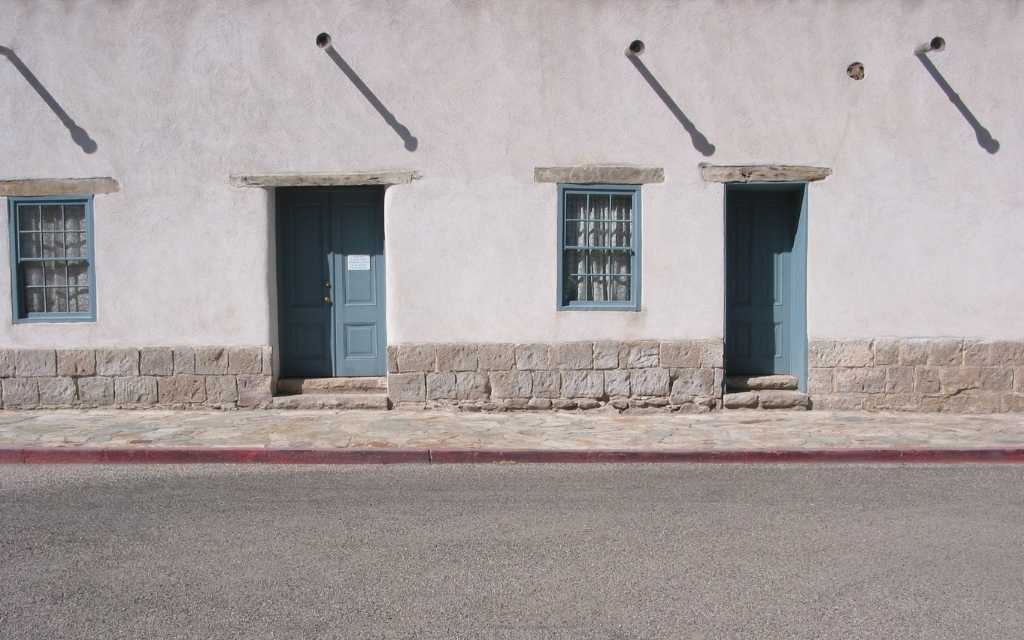
Thinking about selling or buying a home in Tucson? Let’s chat!
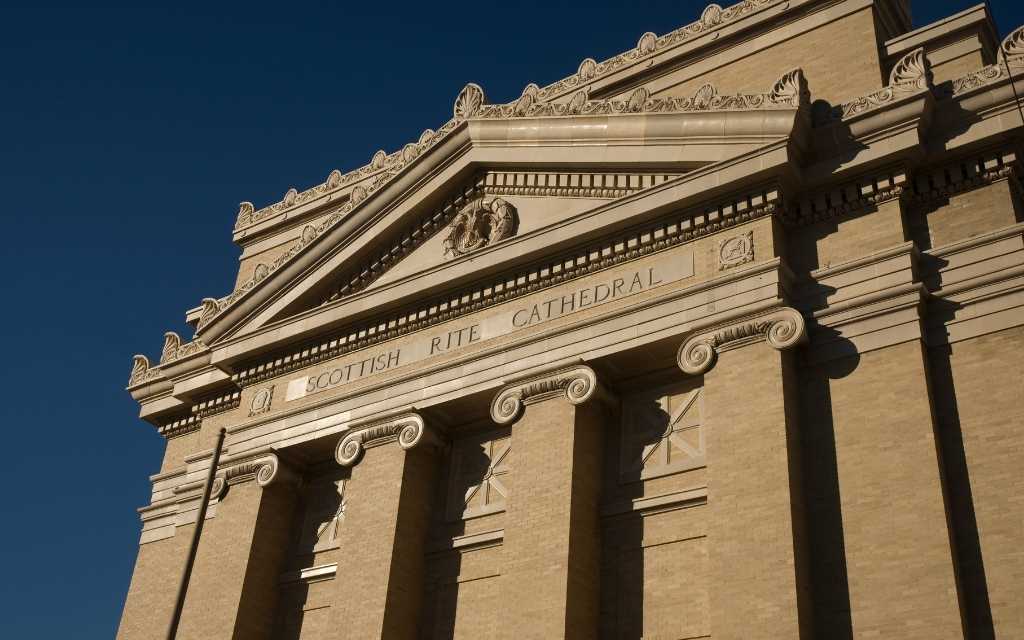
Popular Central Tucson Neighborhoods
Central Tucson is home to most of Tucson’s historic districts. These historic districts are also some of the most popular and most recognizable neighborhoods in Tucson. Here’s a list of some of the most well-known neighborhoods in Central Tucson (some are designated historic and some are not).
- Sam Hughes
- Blenman-Elm
- West University
- Catalina Vista
- Feldmans
- El Encanto
- Colonia Solana
- San Clemente
- Poets Square
- Broadmoor
- Barrio Viejo
- Dunbar Spring
- Armory Park
- Richland Heights
- Winterhaven
- Fort Lowell
- Wilshire Heights
- Miramonte
- Samos
- Palo Verde
- The Garden District
- El Montevideo
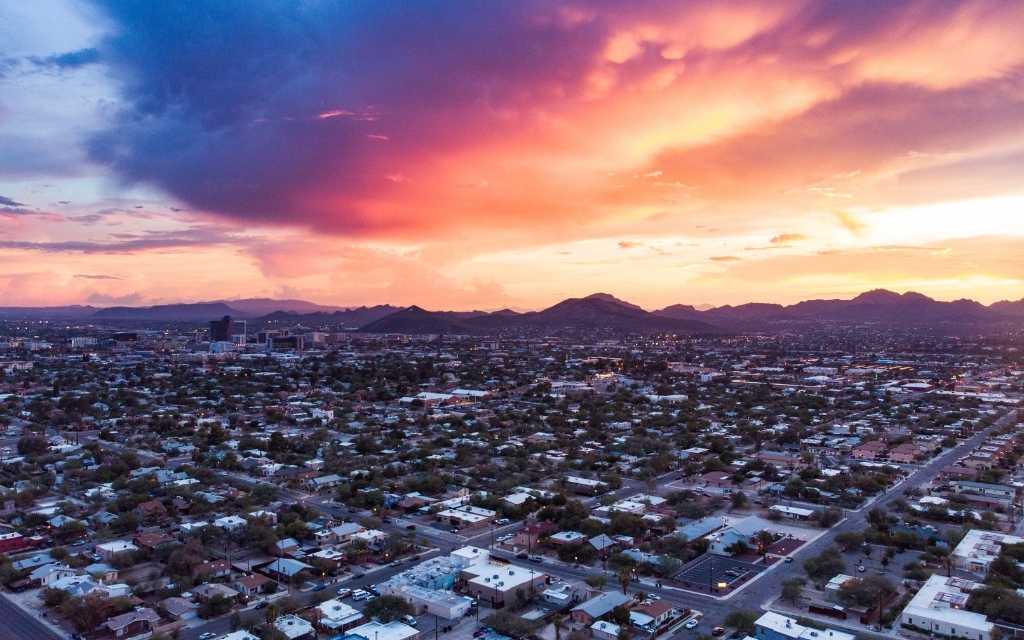
Central Tucson Attractions and Amenities
Public Parks and Recreation
The largest park in Tucson is Reid Park which is also home of the Reid Park Zoo and Hi Corbett Field. But there are many other parks for central Tucsonans to enjoy. Himmel Park is located in the heart of Sam Hughes with lots of grassy areas to play ball, a few playground areas, and a small library, it’s a neighborhood favorite. Many other neighborhoods have small parks including Highland Vista Park, Alvernon Park, McCormick Park, and Wilshire Heights Park, to name a few.
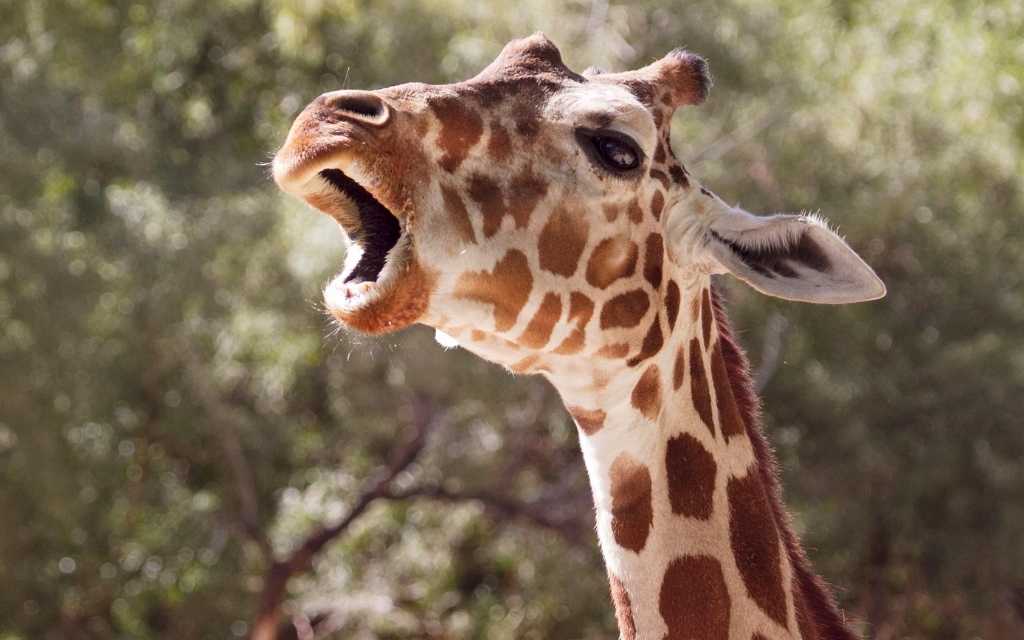
The Loop Multi-Use Path and Parks
The Chuck Huckleberry Loop is the official name of the 130-mile long walking/biking path that rings the city, but the locals call it ‘The Loop’. The central portion of the loop runs along the banks of the Rillito River. The paved, car-less path connects several public parks including Rio Vista Natural Resource Park, Brandi Fenton Memorial Park, and George Mehl Family Foothill Park (among others).

Golfing
Randolph Dell Urich Golf Course located adjacent to Reid Park, consists of two 18-hole golf courses and a driving range.
Shopping
Shopping and services are close at hand to most neighborhoods in central Tucson with strip malls at nearly every major intersection. Tucson Mall and Park Place Mall along with the El Con shopping center are some of the largest shopping areas. The Sunshine Mile, the Campbell Corridor, 4th Avenue, Broadway Village, Williams Center, and downtown are some other shopping areas with a more local flavor.
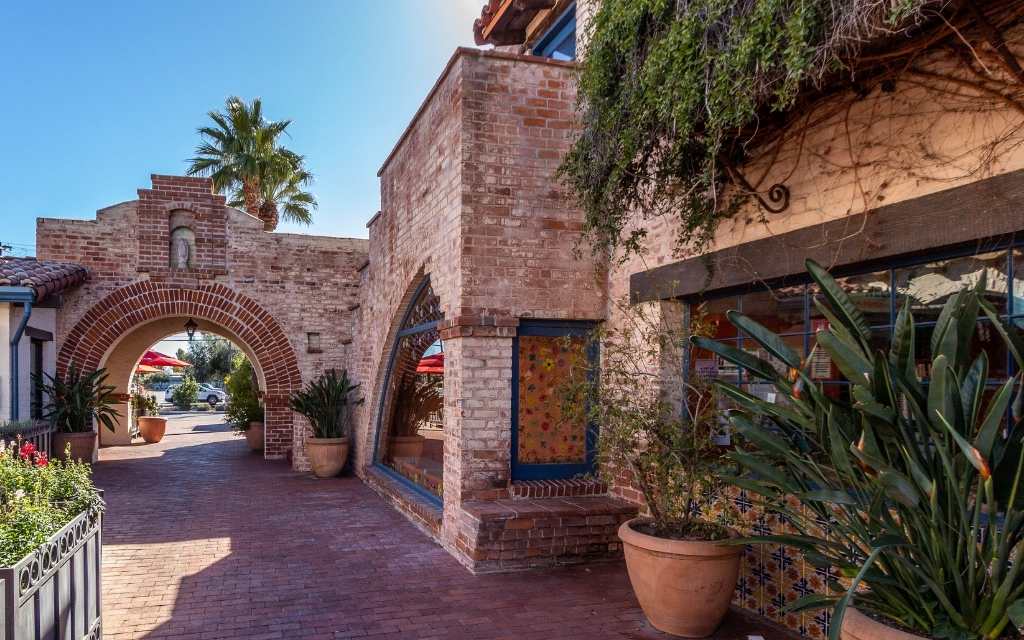
Theaters
Tucson has several theaters mostly located in the downtown and University areas. The Tucson Convention Center is home to the Linda Ronstadt Music Hall and The Leo Rich Theater. The Temple of Music and Art is home to the Arizona Theatre Company, in downtown Tucson. The Fox Theater and The Rialto Theater are both located downtown and host a variety of musical acts. University of Arizona houses Centennial Hall on it’s campus. The Loft Cinema and The Screening Room are 2 local art house movie theaters located in central Tucson.

Area Healthcare and Hospitals
Tucson Medical Center (TMC) and University Medical Center (UMC) are both located in central Tucson. Medical offices such as primary care doctors, dentists, and other specialists surrounds TMC.
Central Tucson Schools
Central area of Tucson is serviced by 3 different public school districts, depending on the area a particular residence is in. Tucson Unified School District (TUSD) is the largest public school district serving the central Tucson area. There are 89 schools within TUSD.
Amphitheater Public Schools also services some of the northwestern area of central Tucson. Amphi has 21 schools.
Flowing Wells Unified School District is another public school district that services some of the homes on the northwestern part of central Tucson. There are 11 schools within Flowing Wells School District.
There are also many tuition-free charter schools available. An assortment of private schools are also available in the central Tucson area.
Pima Community College (PCC) is located in Tucson. It is one of the largest community college in the US, with several campuses located around the city. The Downtown PCC campus is the one that’s located in central Tucson.
And of course, the University of Arizona is one of the highlights of Central Tucson. Whether you’ve attended UA or not, everyone who’s lived in Tucson is an honorary Wildcat for Life. Bear Down Arizona!
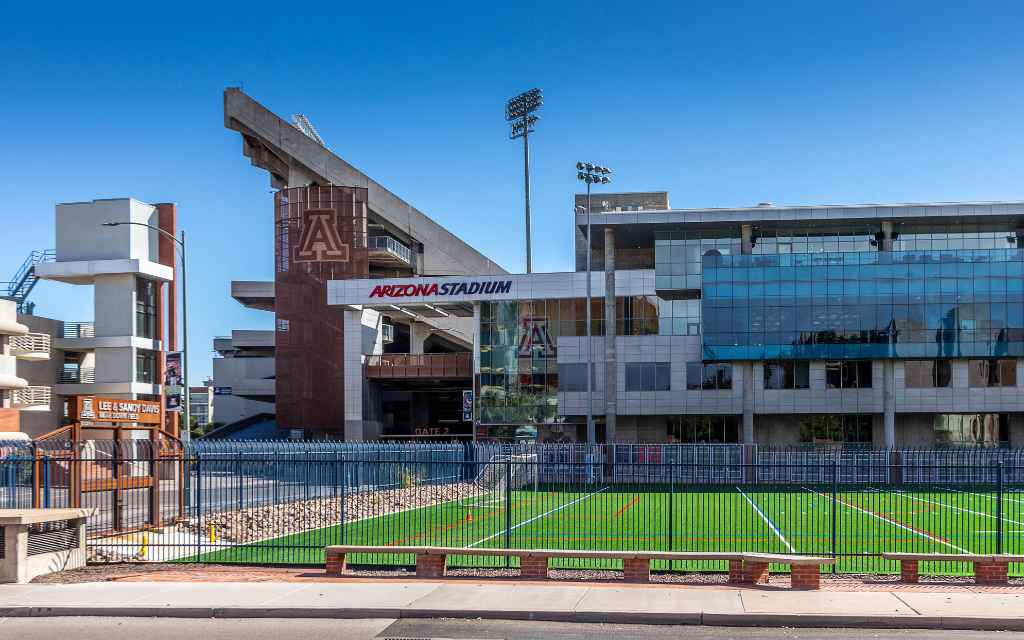
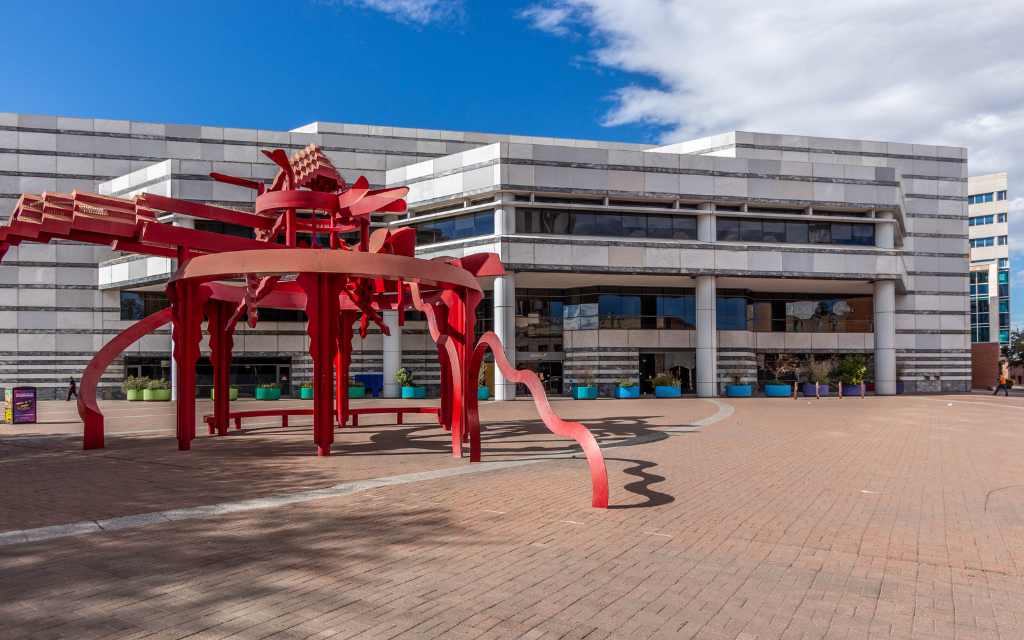
Museums
Typically one thinks of art when thinking of museums, but Tucson has many other types of museums located in the central Tucson area. The Mini Time Machine Museum has rooms and rooms full of miniatures, The Children’s Museum located in the old Carnegie Library downtown has lots of fun things for little ones to do. Ignite Sign Art Museum has a large collection of old neon and other nostalgic signage from Tucson and beyond. The Flandrau Science Center includes a science museum.
The Arizona History Museum is adjacent to UA campus and the Arizona State Museum is located on the UA campus. Presidio San Agustin del Tucson tells the story of Tucson’s beginning. Southern Arizona Transportation Museum specializes in train and streetcar history. The Jewish Museum & Holocaust Center is located near downtown.
Central Tucson art museums include Tucson Museum of Art, Museum of Contemporary Art, and the Center for Creative Photography.
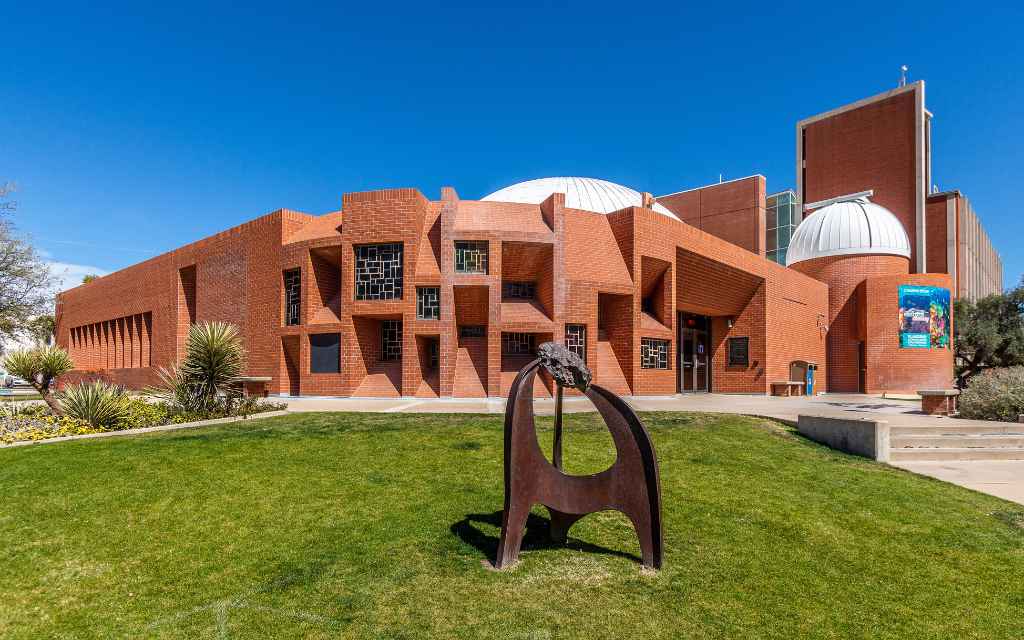
Have a question? We’d love to help!

Related Articles
Hill Farm Neighborhood – Lake Front Property in Tucson
About Hill Farm Hill Farm is a beautiful, peaceful neighborhood centered around a large pond…
Tamarisk Townhomes – Great Location!
Tamarisk, also known as Tucson Racquet Club Townhomes is a great hidden gem of a…
Presidio at Williams Centre – Central and Gated
Are you looking for a convenient central location, but you also like newer construction homes?…
Highland Vista: Midcentury Neighborhood
Location of Highland Vista Highland Vista neighborhood is located on the west side of Craycroft…
Randolph House – Historic Condos in a Lush Setting
About Randolph House in Midtown Tucson Randolph House (c. 1949) is one of my favorite…
San Clemente Neighborhood: Charm and Location
About San Clemente Neighborhood San Clemente is a historic neighborhood in central Tucson that was…

